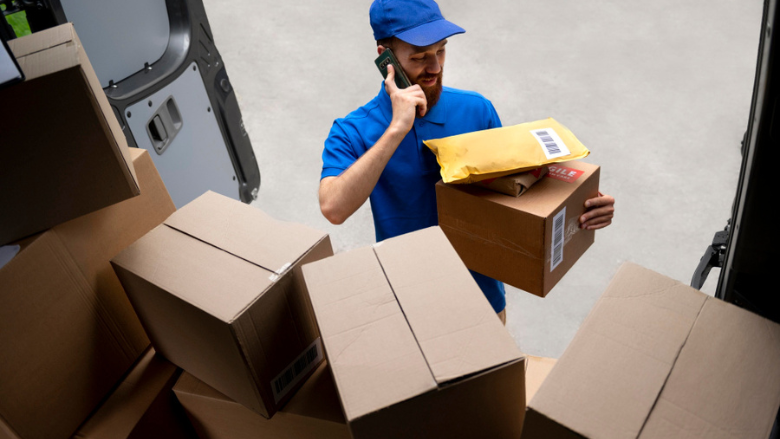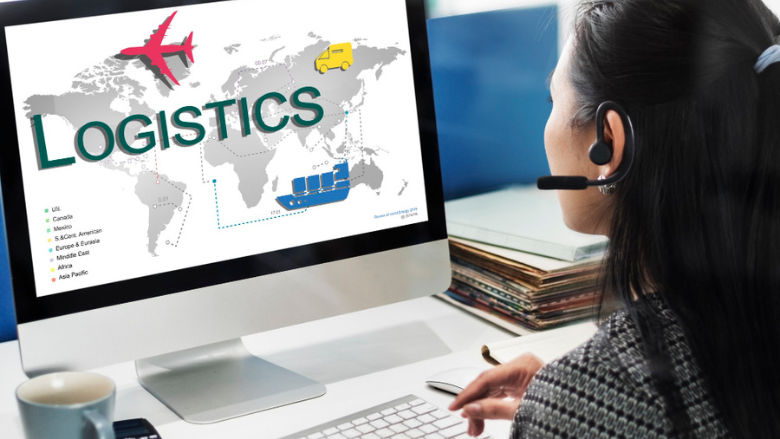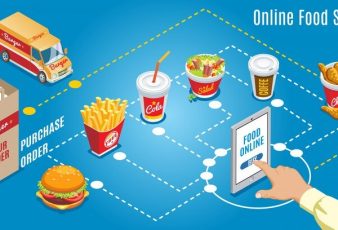Missed deliveries can be a nightmare. Whether it’s a package arriving late, getting lost, or failing because the customer wasn’t home, every failed delivery costs money, time, and customer trust. For businesses, especially in eCommerce and logistics, improving delivery success rates isn’t just a nice-to-have—it’s essential. That’s where delivery management software comes in. It streamlines operations, improves communication, and ultimately ensures that more packages reach their destination on time.
Real-Time Tracking and Route Optimisation
One of the biggest reasons deliveries fail is inefficient routing. Drivers might hit unexpected traffic, go to the wrong address, or struggle with unclear delivery instructions. Delivery management software solves this by offering real-time tracking and optimised route planning.
- Live GPS Tracking – Businesses and customers can see exactly where a delivery is at any time, reducing uncertainty and making it easier to address delays.
- Smart Route Optimisation – The software automatically selects the fastest and most efficient route based on live traffic conditions, road closures, and delivery priorities.
- Geofencing Alerts – Some platforms allow businesses to set geofences, sending alerts when a driver is nearing a destination, so customers can prepare for their arrival.
- Dynamic Rerouting – If traffic builds up or a problem arises, the system adjusts the route in real time to prevent delays.
- Accurate ETAs – Customers receive precise estimated arrival times, reducing the risk of missed deliveries due to uncertainty.
Automated Customer Notifications and Communication

Many deliveries fail simply because the customer isn’t available or isn’t informed about when their package will arrive. Delivery management software keeps them in the loop at every stage.
Customers receive notifications through SMS, email, or app alerts, updating them on their delivery status. Some platforms even offer interactive notifications where customers can confirm, reschedule, or provide delivery instructions in real time. This eliminates the problem of missed deliveries due to poor communication.
If a delay happens, the system can instantly notify customers and give them a new delivery time. No more guessing games—everyone knows exactly what’s happening.
Proof of Delivery for Accuracy and Accountability
Miscommunication and disputes over deliveries can be a real headache. Did the driver actually deliver the package? Was it left in the right place? Delivery management software removes any doubt with proof-of-delivery features.
Drivers can capture photos, collect digital signatures, or scan barcodes upon delivery. This ensures transparency and prevents disputes about whether a package was delivered correctly. Some systems even allow customers to leave specific drop-off instructions, reducing the chance of deliveries going missing. This can all be easily set up if you use smart label tracking.
Reducing Address Errors with Smart Validation
A simple typo in an address can lead to a failed delivery. Delivery management software often includes address validation tools that catch errors before they become a problem.
When customers enter an address, the system checks it against databases and suggests corrections if needed. Some software even integrates with mapping tools to verify locations and ensure accuracy. This small feature alone can prevent countless delivery failures caused by incorrect or incomplete addresses.
AI-Powered Demand Forecasting
Last-minute orders and unexpected spikes in demand can overwhelm delivery teams, leading to delays and missed drop-offs. AI-powered forecasting tools within delivery management software help businesses predict demand based on historical data, weather conditions, and order trends.
By anticipating busy periods, businesses can allocate resources more efficiently, ensuring there are enough drivers and vehicles to handle deliveries without overloading the system. This reduces late or missed deliveries due to understaffing.
Smarter Delivery Scheduling
A major reason for failed deliveries is poor scheduling. If a customer isn’t home or a business isn’t open, the delivery won’t happen. Delivery management software gives customers more control over scheduling by allowing them to choose convenient time slots.
Some platforms integrate with smart scheduling tools that suggest the best delivery times based on past data. Businesses can also set delivery windows that align with customer preferences, reducing the likelihood of failed attempts.
For businesses handling high volumes of orders, automated scheduling ensures deliveries are evenly distributed throughout the day, preventing drivers from being overbooked or overwhelmed.
Integration with Third-Party Logistics and Delivery Services
Many businesses use third-party logistics providers (3PLs) or courier services to handle deliveries. A good delivery management system integrates seamlessly with these providers, ensuring smooth coordination.
With real-time data sharing, businesses can track outsourced deliveries just as easily as their own fleet. This ensures visibility and allows businesses to step in if an issue arises.
Reduced Environmental Impact and Cost Savings
Beyond reducing failed deliveries, a strong delivery management system also leads to cost savings and a lower environmental footprint. By optimising routes and reducing unnecessary trips, businesses save on fuel and labour costs.
Fewer failed deliveries mean fewer redeliveries, which also cuts down on vehicle emissions and energy use. In a time when sustainability is becoming a business priority, reducing wasted trips is a win for both companies and the planet.
Choosing the Best Delivery Management Software
Not all delivery management software is created equal. Here’s what to look for when selecting the right one for your business:
- Real-Time Tracking – Ensures both businesses and customers can monitor deliveries live.
- Route Optimisation – Reduces delays by selecting the fastest, most efficient routes.
- Automated Notifications – Keeps customers informed with SMS, email, or app alerts.
- Proof of Delivery – Provides photo, signature, or barcode verification for accuracy.
- Address Validation – Prevents failed deliveries caused by incorrect or incomplete addresses.
- Smart Scheduling – Allows customers to choose convenient delivery windows.
- Third-Party Integration – Connects with couriers, 3PLs, and eCommerce platforms.
- Scalability – Adapts to business growth, whether you handle 50 or 5,000 deliveries a day.
The right software streamlines operations, reduces costs, and ensures more successful deliveries, keeping customers happy and businesses efficient.
The Future of Delivery Success
Failed deliveries cost businesses money, waste resources, and frustrate customers. With delivery management software, companies can tackle these challenges head-on. From real-time tracking and smart scheduling to AI-powered demand forecasting and address validation, this technology eliminates the biggest causes of failed deliveries. The result? Happier customers, lower costs, and a more efficient delivery process. For businesses looking to stay ahead, investing in delivery management software isn’t just a smart choice—it’s a necessity.
Read Also:




























